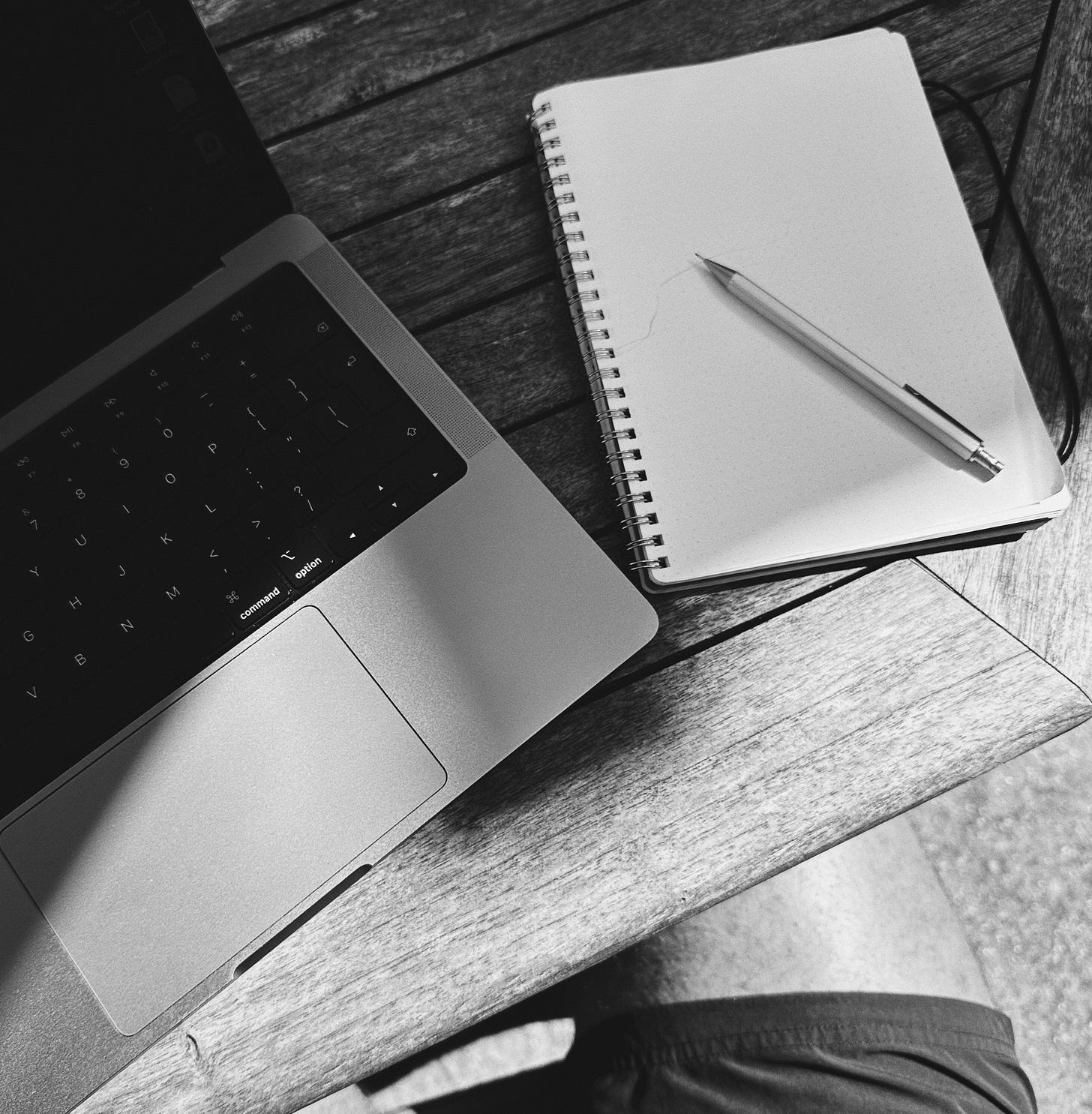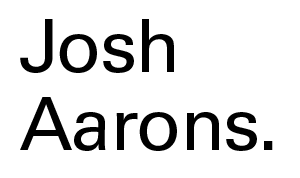People love to talk about talent, technique, and originality—the traits that make something impressive, refined, or innovative. But intuition? Not so much. When it does come up, it’s often treated as a lucky guess, a fleeting hunch, or something that can’t be explained. It’s that ‘fluff’ which some people turn their noses up at.
But intuition isn’t random or fluffy. And not every creative has it.
In my mind, there are four types of people when it comes to intuition in creative work, I’ve called them:
- The Outsiders – Those who think intuition is ‘woo woo bollocks’, the creative equivalent of wishful thinking. They rely on logic, trends, or external approval and trust hard data over instinct every time.
- The Technical Creative – Highly skilled and methodical but lacking instinctual decision-making. These creatives execute well but struggle to step out of the box and make bold, intuitive leaps because they want everything to be backed by proof or to follow a well-trodden path.
- The Promising Intuitive – They have strong instincts and moments of deep creative insight but haven’t fully learned to trust themselves. Their intuition is real and powerful, but self-doubt or overthinking can get in the way. Yet, when they lean in and develop that trust in themselves, they often make some of the most interesting and unexpected creative choices.
- The Intuitive Pro – Those who have learned to fully trust and refine their intuition. They blend instinct with skill and experience, making creative choices that feel effortless—not because they are easy, but because they come from deep understanding. These are the creatives who shape culture rather than follow it.
Which one are you? When I was writing this, I had to ask myself where I sit on the spectrum. If I’m honest, creatively, I’d say I’m somewhere, fluctuating, between Promising and Pro, still refining the balance between instinct and action. And let’s be real, even those who live in the Pro space still have moments of doubt or second-guessing. Mastery isn’t about never questioning yourself—it’s about learning to trust your instincts just a bit more often than not.
Intuition isn’t magic, although sometimes it feels like it.
In reality, intuition is pattern recognition, the ability to read and understand non-verbal cues, and a mental filing cabinet of past experiences, references, and connections—all working in harmony. It’s about connecting seemingly unrelated ideas and anticipating a person’s wants or needs, even when they struggle to articulate them. When you trust yourself, you start making decisions before logic fully catches up.
How intuition plays out in my creative work
- In conversation – Picking up on subtle cues, subtext, and what’s left unsaid, and asking the right questions to get a clearer picture. Ideas come fast. I get excited when the dots suddenly connect. More often than not, the original brief gets completely reshaped at this point.
- In conceptual development – Instinctively knowing when something “feels right” before fully understanding why. The analytical folks hate this moment because it’s intangible—which is where trust and the right relationships come into play.
- In execution – Trusting a decision even when it can’t be logically justified yet—because sometimes the logic only becomes clear after the fact. It’s about confidently standing behind a creative choice, knowing that intuition has already done the work before reason catches up. The right direction isn’t always the most obvious one, but when your intuition is sharp, you recognise it before others do.

Creativity can’t be measured in clicks
To be completely frank, my relationship with intuition hasn’t always been smooth. When I worked as Head of Marketing in tech, I tried to embrace data-driven approaches—CPC rates, programmatic marketing and analytics reports—because that’s what my peers swore by and I felt I had to follow. But creative work isn’t an equation. As Seth Godin says ‘Marketing isn’t advertising, it used to be but it’s not anymore. Marketing is what we make, how we make it, how we talk about it and who we make it for’.
My best decisions never came from A/B testing; they came from instinct, from knowing what would resonate. And it turns out, ‘because it just feels right’ isn’t always the answer people want to hear—but more often than not, it was the right one. If the people around you don’t like the answer, maybe it’s time to change the people around you.
How to improve your intuition
Recognise that intuition does not come naturally to everyone, but for those who it does, the best way to refine it is to listen more than you speak.
- The more you listen, the sharper your intuition becomes—it’s about tuning in, not just hearing.
- If something feels right, trust it before you try to rationalise it away. Listen to your gut, you know? Look for patterns everywhere—conversations, design, behaviour etc—because it’s all connected.
- And sometimes, the best way to refine intuition is to step back. Some of the clearest decisions come when you stop forcing them and allow space for your subconscious to do the work.
When intuition is ‘ON’, it’s like stepping into the jet stream, wind in your sails and flowing. That’s when intuition stops being just a soft skill and starts feeling like something more—magical even.
If you’re reading this, chances are, you already know what I mean. You’ve felt it—that moment when things just click, and you see the answer before you can explain why. Maybe you’ve second-guessed it before, talked yourself out of it, tried to justify it with data, trends or external validation. But intuition doesn’t wait around for justification.
The more you trust it, the sharper it gets. The more you lean into it, the clearer it becomes. And when you do, you’ll find yourself moving with confidence—because really, deep down, you already know. Right? Right.
If this resonates with you, let me know—I’d love to hear from you.
